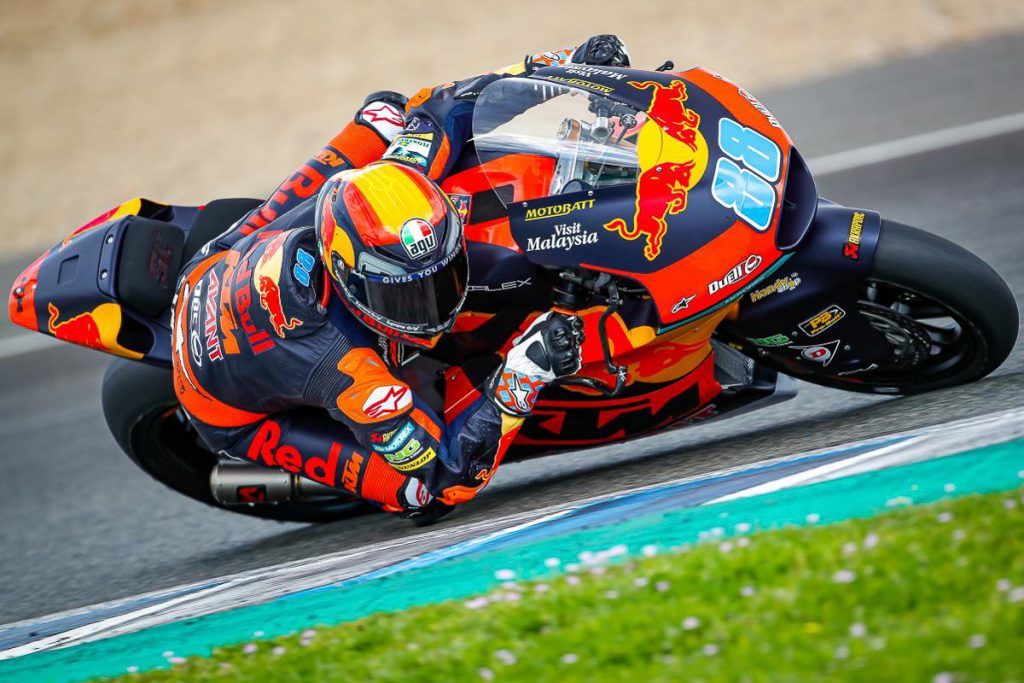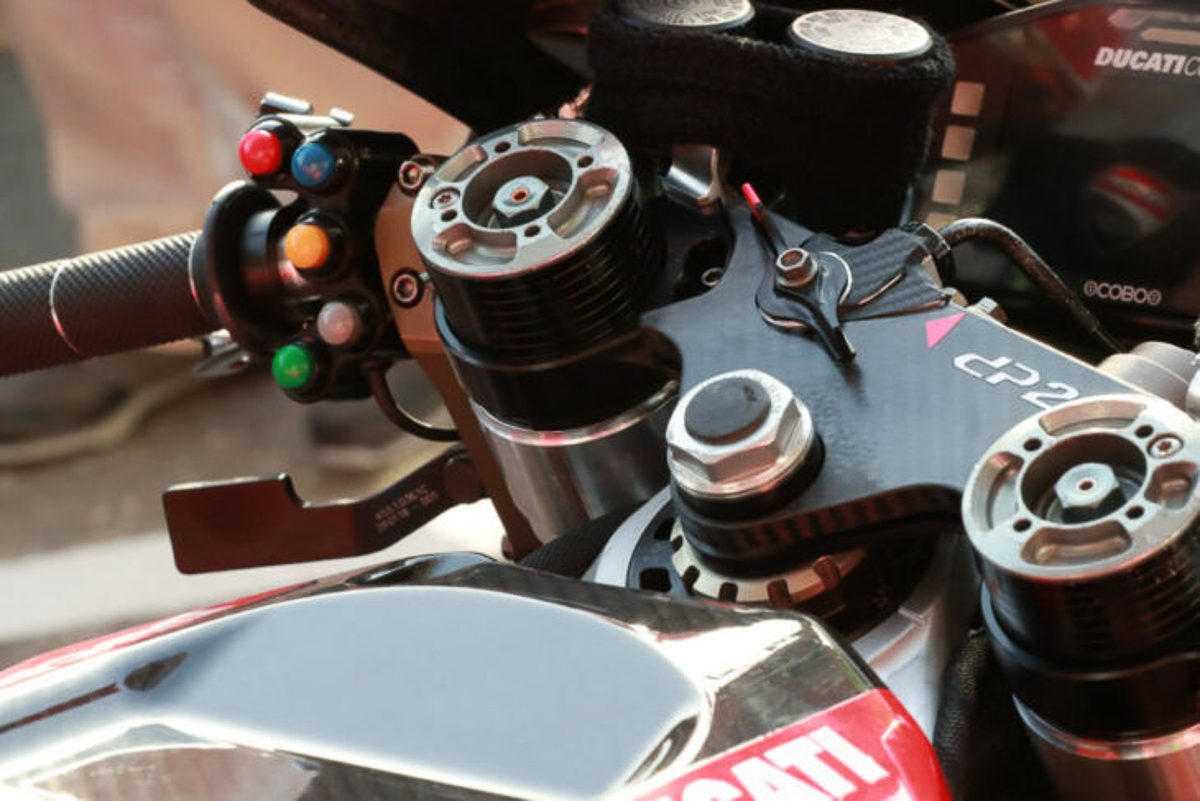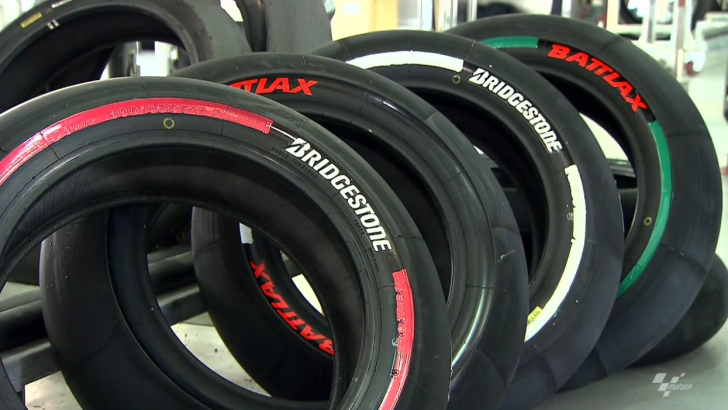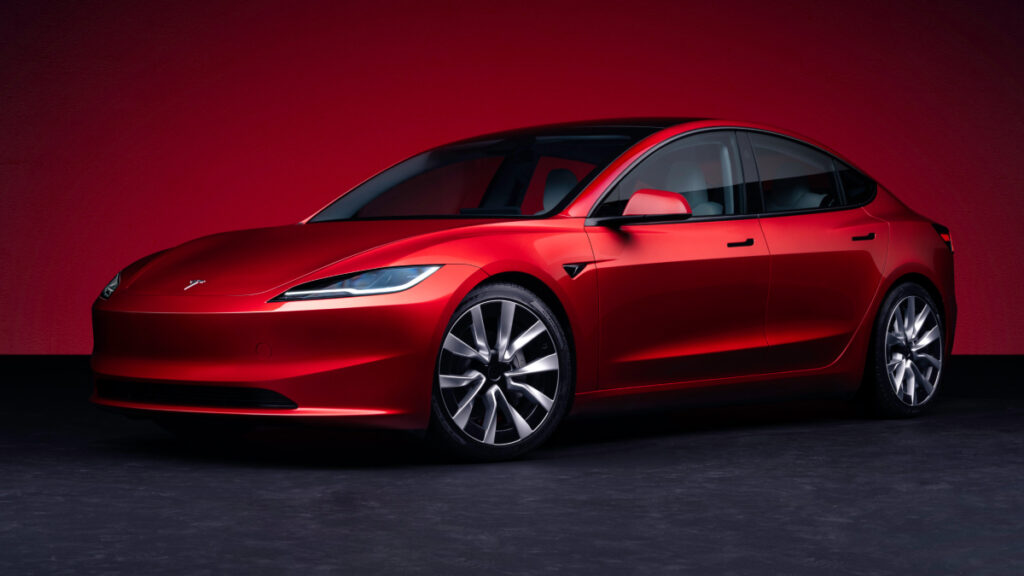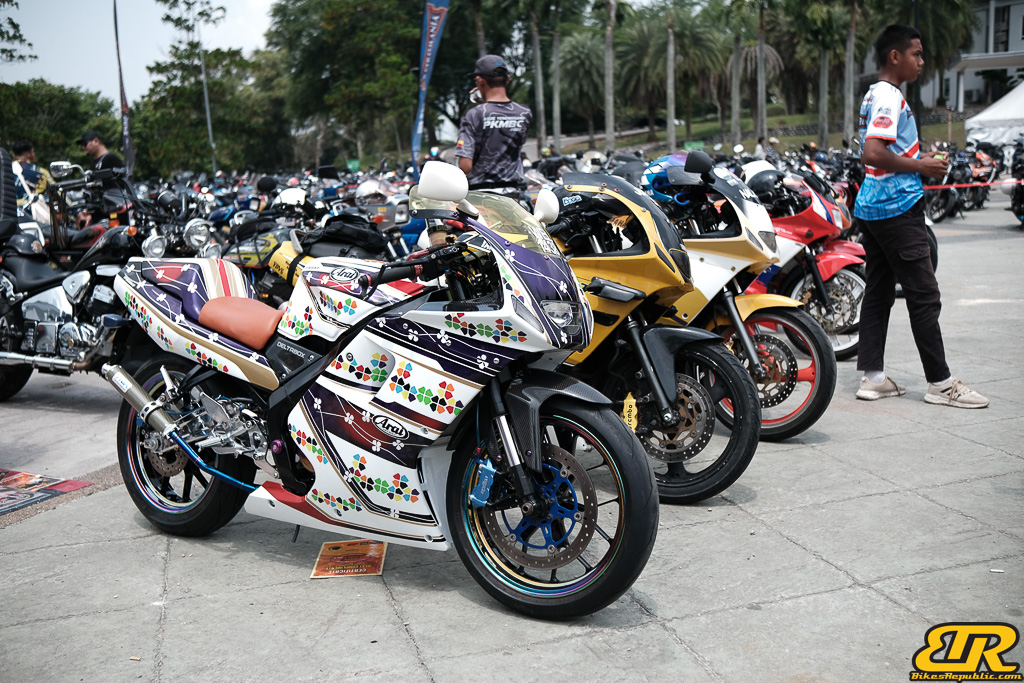-
We see MotoGP riders ride the way they do on TV.
-
They are the best riders in the world.
-
Should we copy how they ride?
Week in week out (apart from 2020), we see pro riders in Moto3, Moto2 and MotoGP battle it out: Leaning their bikes so far over that they drag their knee and elbow sliders on the track.
Then we head out to Karak Highway and see riders who clamber all over their bikes like MotoGP riders but are way slower than riders who ride so relaxed and upright. Or like that food delivery fellow who stuck his leg out while braking for corner, only to have the road grab his sneaker and fling that leg up and back so violently that I thought it was going to be ripped off (quite comical).
Should we ride like MotoGP riders? They’re the best riders in the world thus they must be doing something right, correct?
Not necessarily.
Why do Pros Ride the Way They Do?
First and foremost, equipment.
Their bikes are fitted with so much high-end gear that you and I could never imagine having on our standard roadbikes. But more specifically, tyres and chassis.
Here’s a fact. Marc Marquez was the one who brought the elbow down technique to MotoGP. Why did he drag elbow? He first tried and then honed the technique when he was in Moto2, which he found was difficult to ride. Remember that the Moto2 “manufacturers” consist of frame makers, not the main manufacturers themselves.
Also, all MotoGP riders who raced against him have said that he doesn’t use as much lean angle in the class. It’s because the Honda RC213V isn’t a bike for the traditional long arc, high midcorner speed cornering style. Instead, Marquez unlocked it’s secrets by braking hard, dumping it in very near the apex, stand it up early and blast it out of corners.
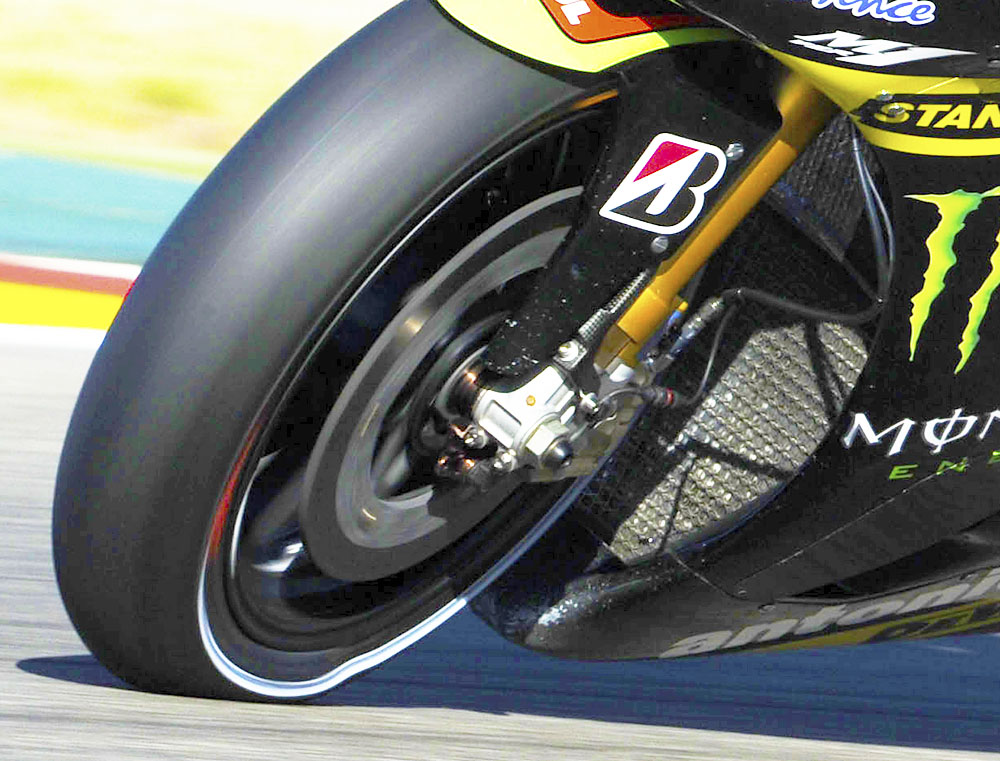
Contrarily, the Yamaha YZR-M1 is low and long, built for the traditional long arc cornering style, which pays off in high midcorner speeds. This is why Jorge Lorenzo leans the bike to 62 degrees off vertical. The higher your midcorner speed, the further you have to lean for a given corner.
But it’s tyres and the bike’s chassis which allowed the riders to ride as such.
One great example was when Michelin took over from Bridgestone as the spec tyre supplier.
The Bridgestone has a very grippy front tyre. As such, riders could carry lots more speed into corners. Besides that, they could brake very late and hold lots more trail braking into corners.
It’s the opposite when Michelin first arrived: The rear tyre had so much more grip. Yamaha’s factory team test rider found out the hard way and crashed heavily in Turn 3 at the Sepang International Circuit (the fastest turn). Another test rider crashed at Turn 5 (downhill, sweeping left). The regular riders started complaining that the front tyre lacks grip.
Because of that, riders began braking harder when they were upright and used less trail braking.
Another example?
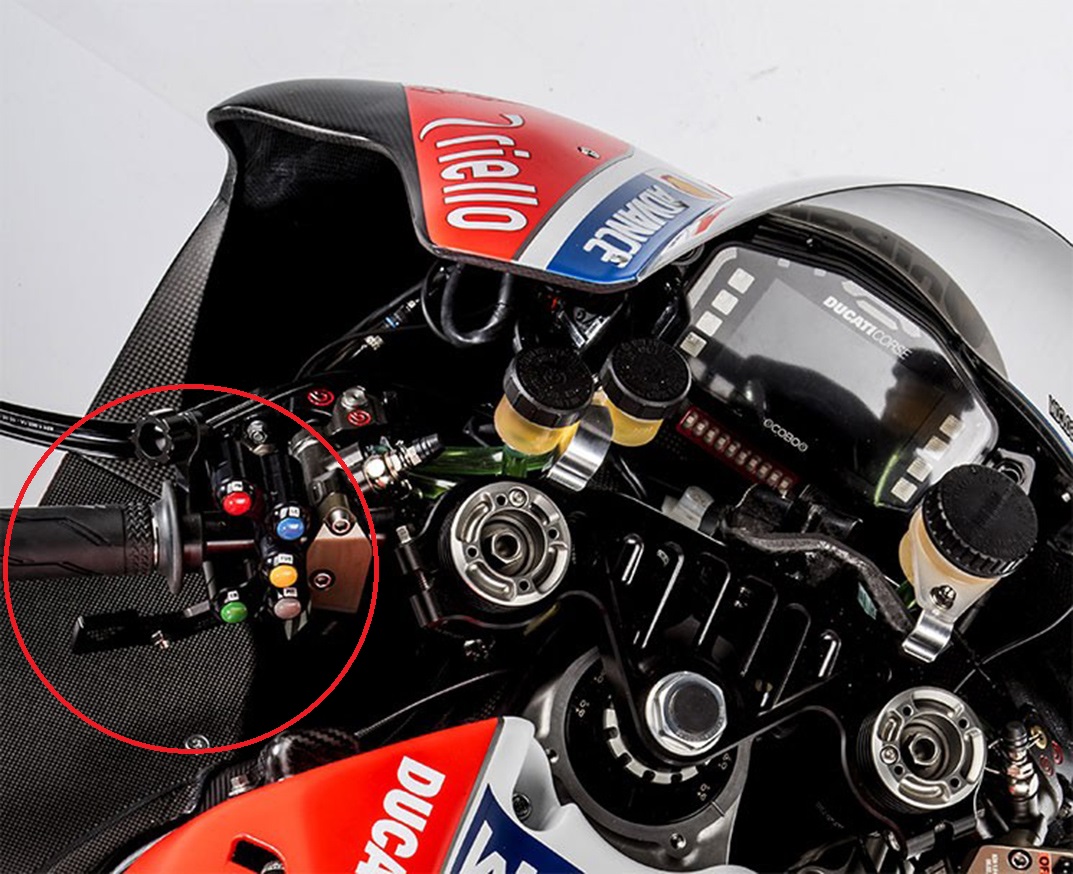
Jorge Lorenzo remarked that he never used the rear brake on the Yamaha but he had to do so on the Ducati to make the bike turn into corners and when in corners to make it hold the line.
But what can we learn?
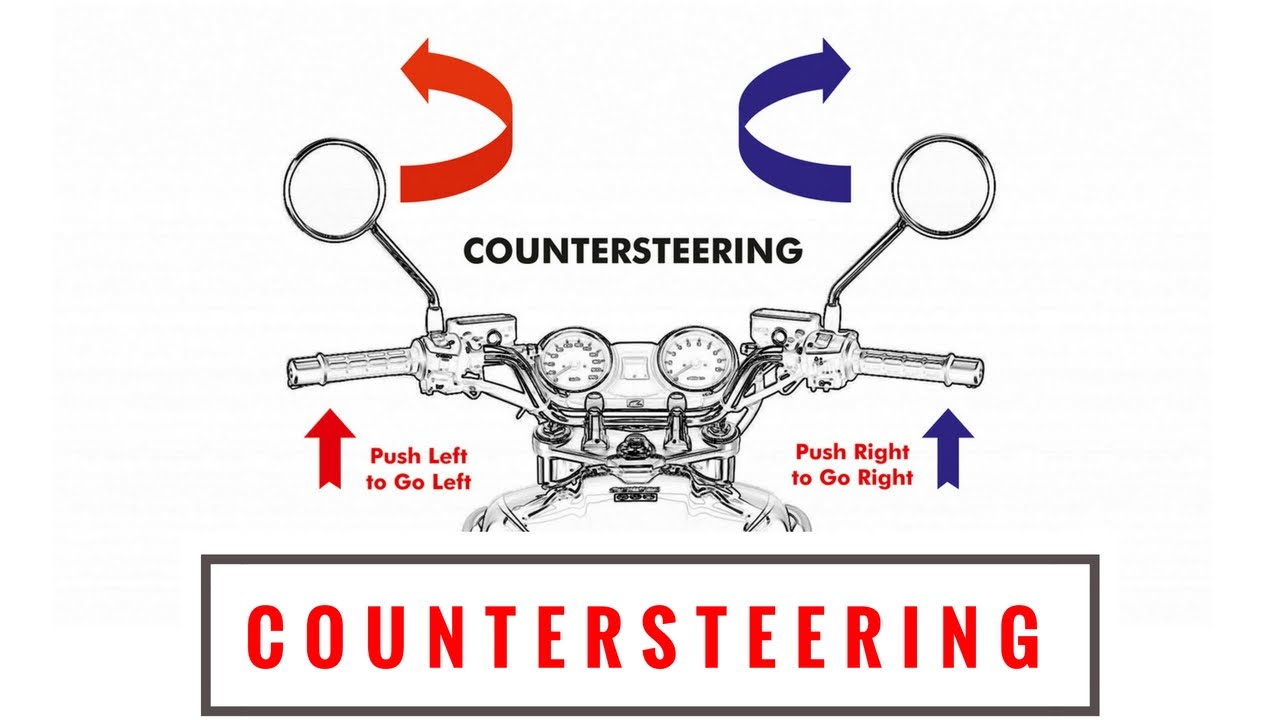
The best things we can learn are the fundamentals of riding.
Watch closely how they squeeze the brakes instead of slamming down on it. How they trail brake into corners: The let the brake lever go progressively until full lean, followed immediately by rolling into the throttle (best guy to watch is Andrea Dovizioso). Study how the countersteer into corners: Watch closely as the push on the inside bar, while pulling on the one outside. Look at how they turn their heads to look through corners instead of keeping them in a straight line with the bike.
So, stop trying to lean way off the bike to pull the bike down into corners like Marquez. Note here that lean angle follows corner speed, not how much you pull.



